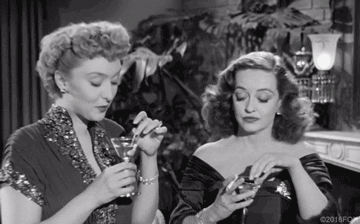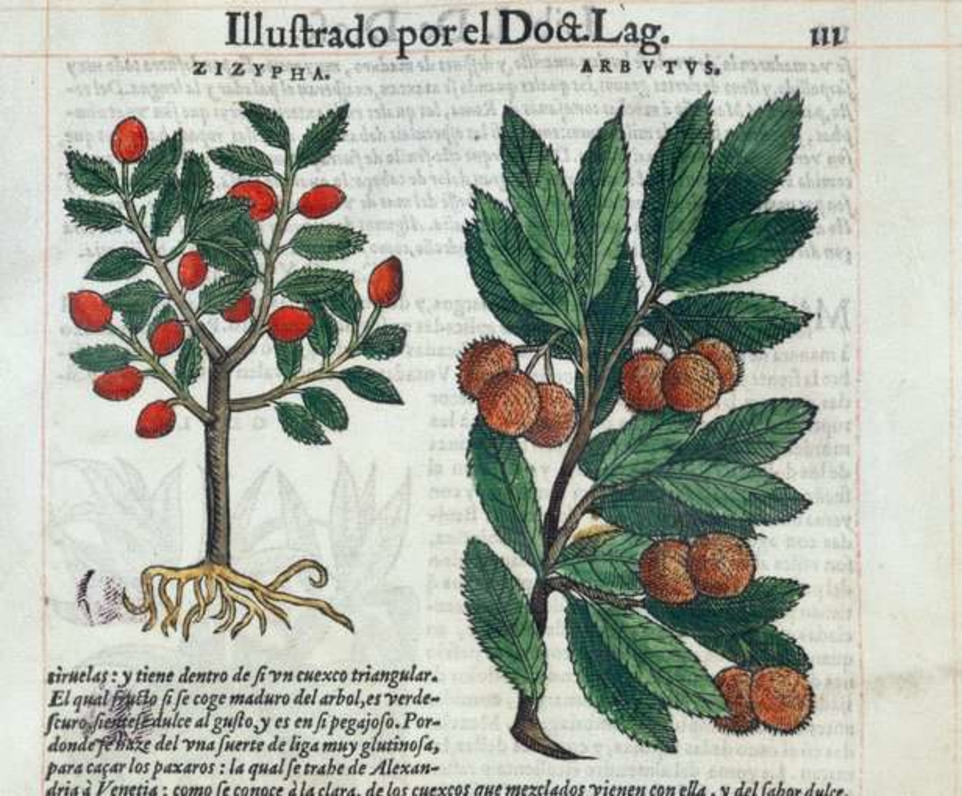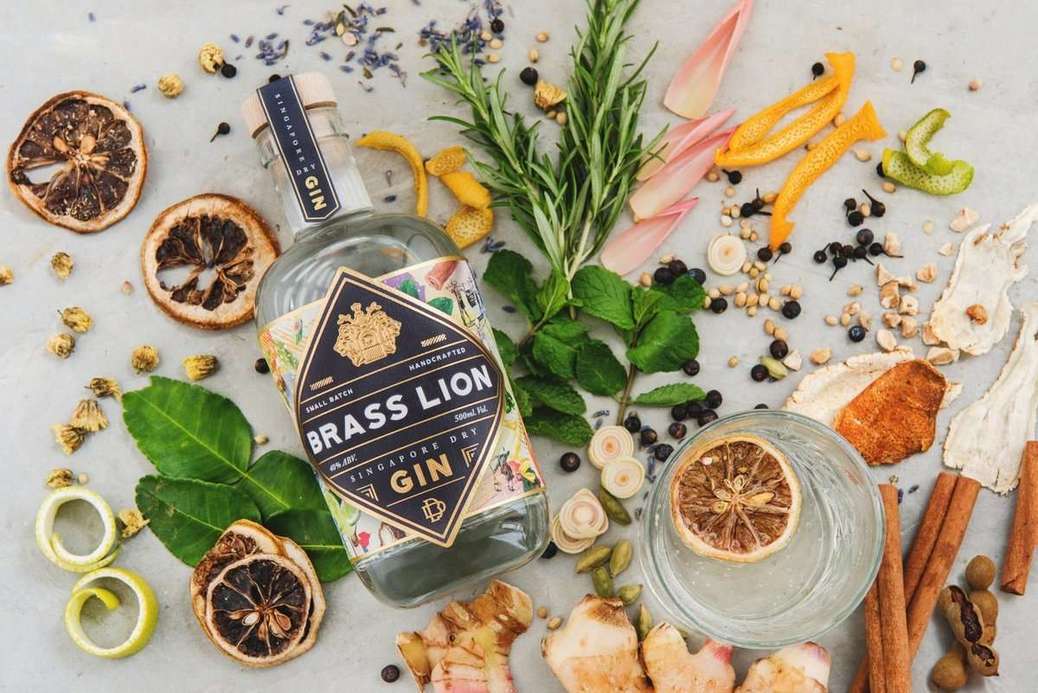Gin — the woody-tasting liquor that some love for its complexity while others not so much, describing the drink as akin to licking a Christmas tree. In Gin’s defense, modern gins differ greatly from those of the 18th century; we’ve managed to mask the piney flavour of juniper pretty well with the use of spices and florals.

Source: GIPHY
Today, gin sales are booming. This spirit is sophisticated and versatile, working well in a variety of cocktails. But before the rise in popularity of gin in recent years, gin was an underrated alcohol, overshadowed by vodka and remembered by some as the heavily vilified spirit of the 1700s. I dare say, out of all the spirits that make up the dynamic culture of drink, the history of gin might just be the most interesting!

De materia medica by Pedanius Dioscorides
The first record of adding juniper (the core ingredient of gin) to alcohol dates back to 70 CE, in a five-volume encyclopedia about herbal medicine published by Pedanius Dioscorides, a Greek physician and pharmacologist. Based on his detailed descriptions, juniper berries steeped in wine were used to combat chest ailments.
Fast forward to 1055, in a monastery surrounded by rolling hills and juniper trees, Benedictine Monks of Solerno, Italy, wrote ‘Compendium Solernita’. And in it, was a recipe for a medicinal cocktail — tonic wine infused with juniper berries. At that time, Juniper was a widely-used medicinal herb; the Arabs used it for toothache pain, and medieval plague doctors stuffed their masks with juniper with the belief that it could protect them from the plague. As such, juniper tonic wines were given as a cure-all for coughs, colds, pains, etc.

As the Old Sing, So Pipe the Young (1665) by Jan Steen
In the 16th century, the Dutch began producing a spirit called ‘genever’. Malted barley spirit or malt wine was distilled with juniper berries, and was, of course, used as a medicinal liquor.
The Glorious Revolution was what made gin really take off with Londoners. When William III, or William of Orange, became King of England, Ireland, and Scotland in 1689, he also brought to London, genever. As England was at war with France then, he imposed heavy taxes on French wine and spirits, such as the then-popular brandy. However, he encouraged the people to distill their own spirits. Grain was cheap and plentiful, with a rough approximation of genever, ‘gin’, being easy to make; anyone could do it.

The Gin Shop (1829) by George Cruikshank
By the early 18th century, London was home to thousands of gin-shops, a period known as the Gin Craze. A pint of this juniper-flavoured spirit became cheaper than a pint of beer. Gin became so common that even wages were sometimes paid in gin! Gin drinking became the norm (considering the state of water—completely unsafe—at that time) and provided an escape for the poor. But together with the rise in popularity of gin, so did the number of social problems that came with it.

Beer Street and Gin Lane (1751) by William Hogarth
The health of Londoners was on the decline, with higher than usual death rates and gin to be blamed. Gin of the 1700s was trash. I said it. Juniper berries were not easy to obtain so people turned to alternatives, adding turpentine, sulphuric acid, and sawdust to achieve the woody taste of gin. Insane, I know. As depicted in the print Gin Lane by William Hogarth, gin represented everything that was wrong at the time.
It was only after the Gin Act 1751 did beer become cheaper than gin in 1830, for the first time in over a century. And that was the start of gin’s road to redemption. The invention of new distilling apparatus allowed the production of a much cleaner, purer spirit than before. Goodbye, sawdust gin. The British Royal Navy then invented the G&T and a bunch of other cocktails like the Gimlet.

Singapore Dry Gin
Source: Brass Lion Distillery
After decades of ill repute, gin is officially back again, more refined than ever. From Europe to Japan, and in cocktail capital Singapore, we celebrate gin, just as we do whisky and vodka!
• • •

With Culturally x Oriental Elixir, taste the first gin made in Singapore and learn how to mix your own gin cocktails from a variety of gins and cordials — like pandan gin and bak kut teh cordial! Find out more here.